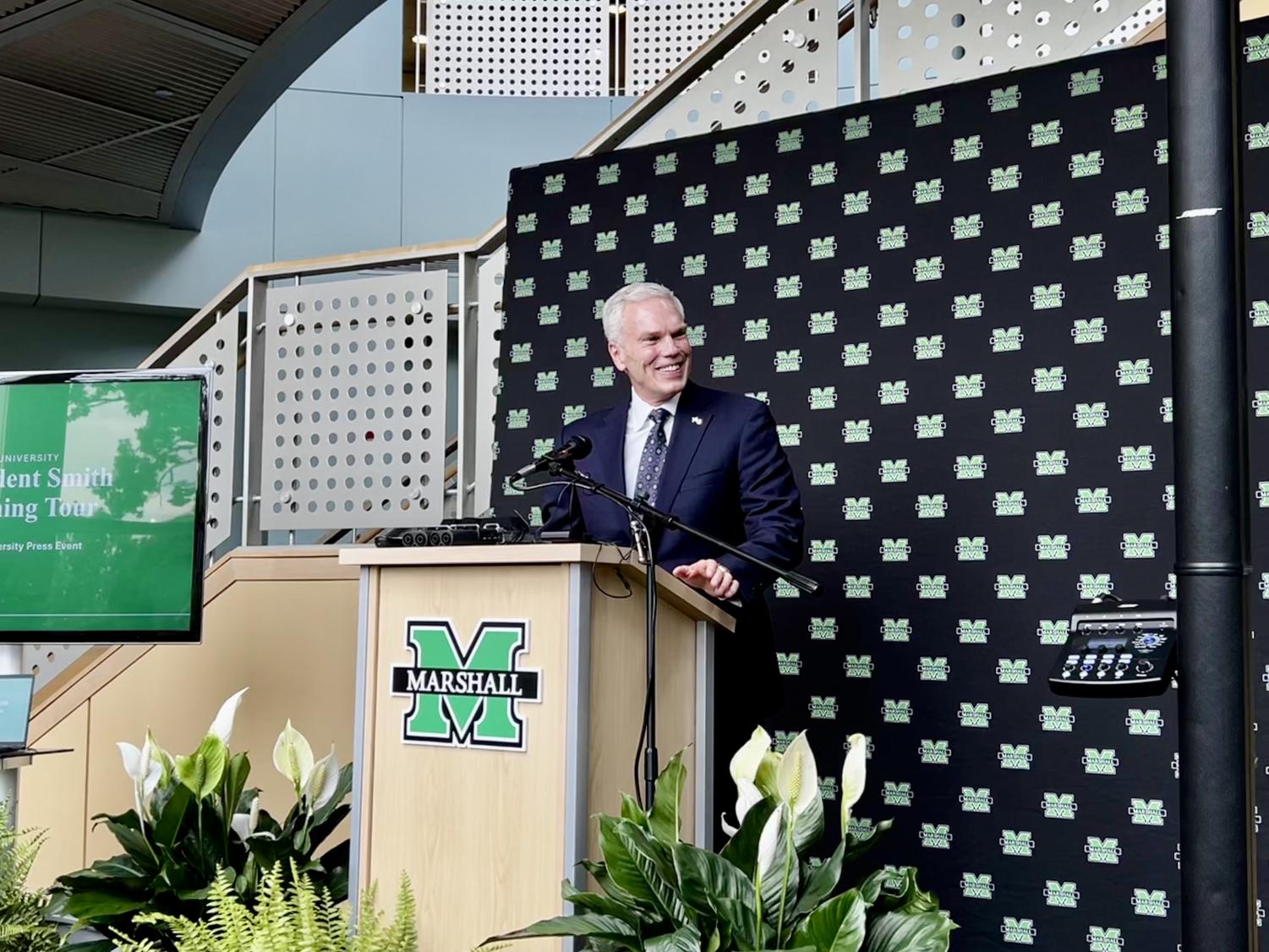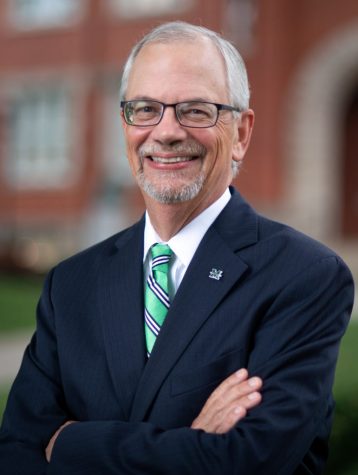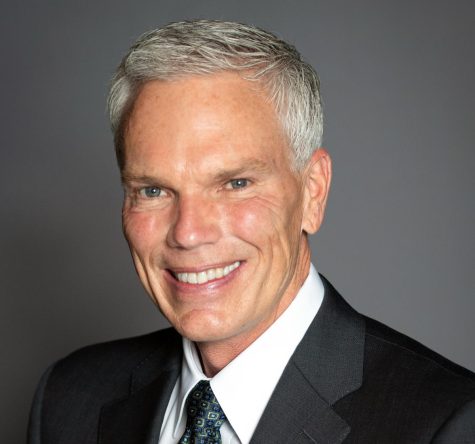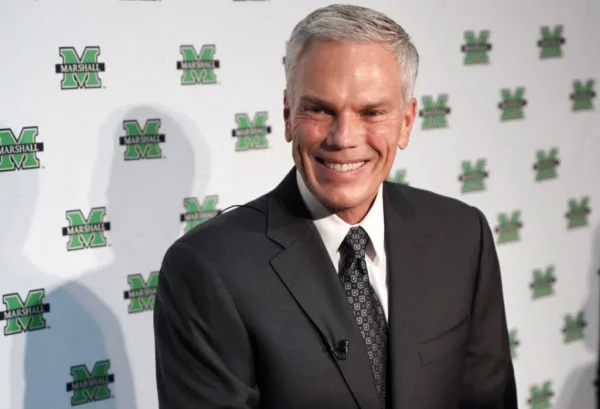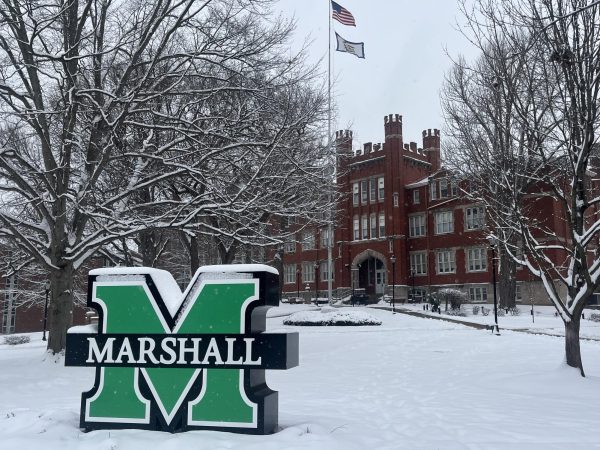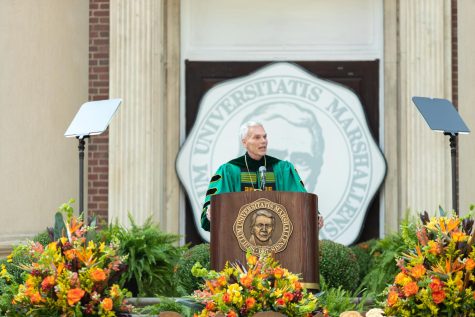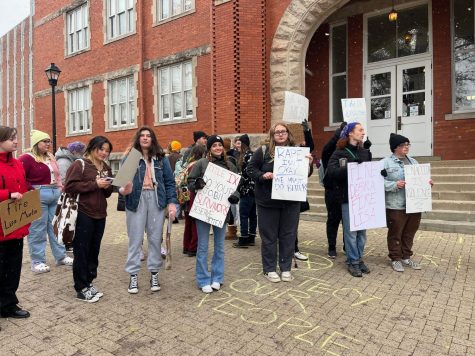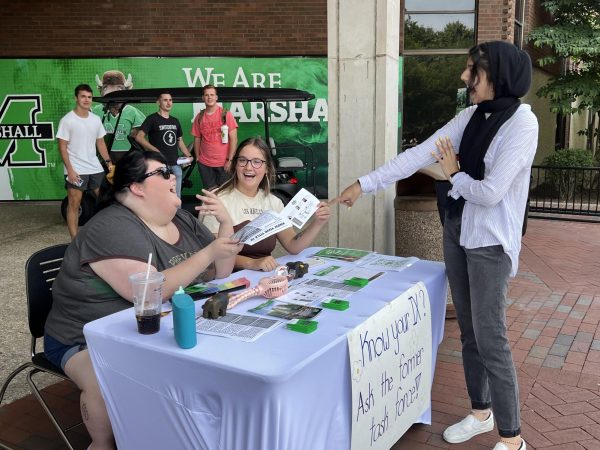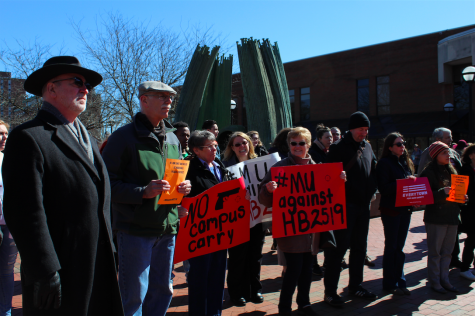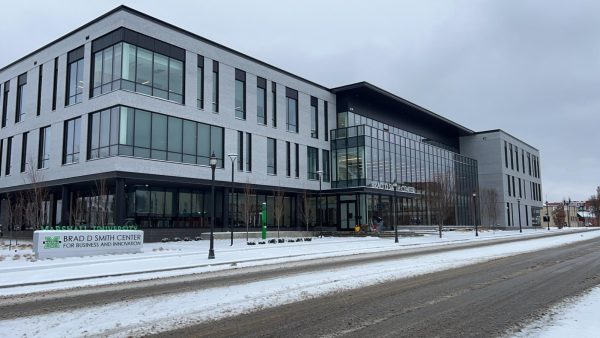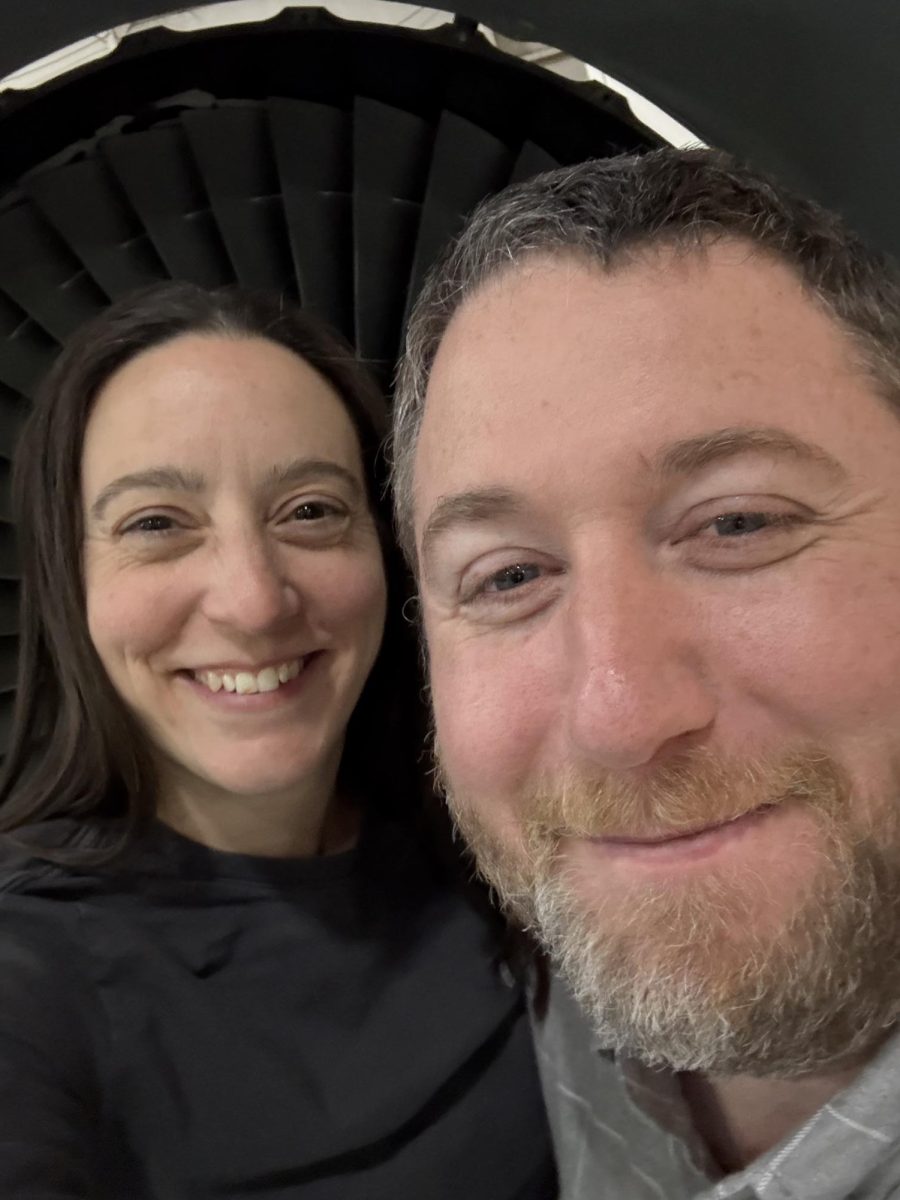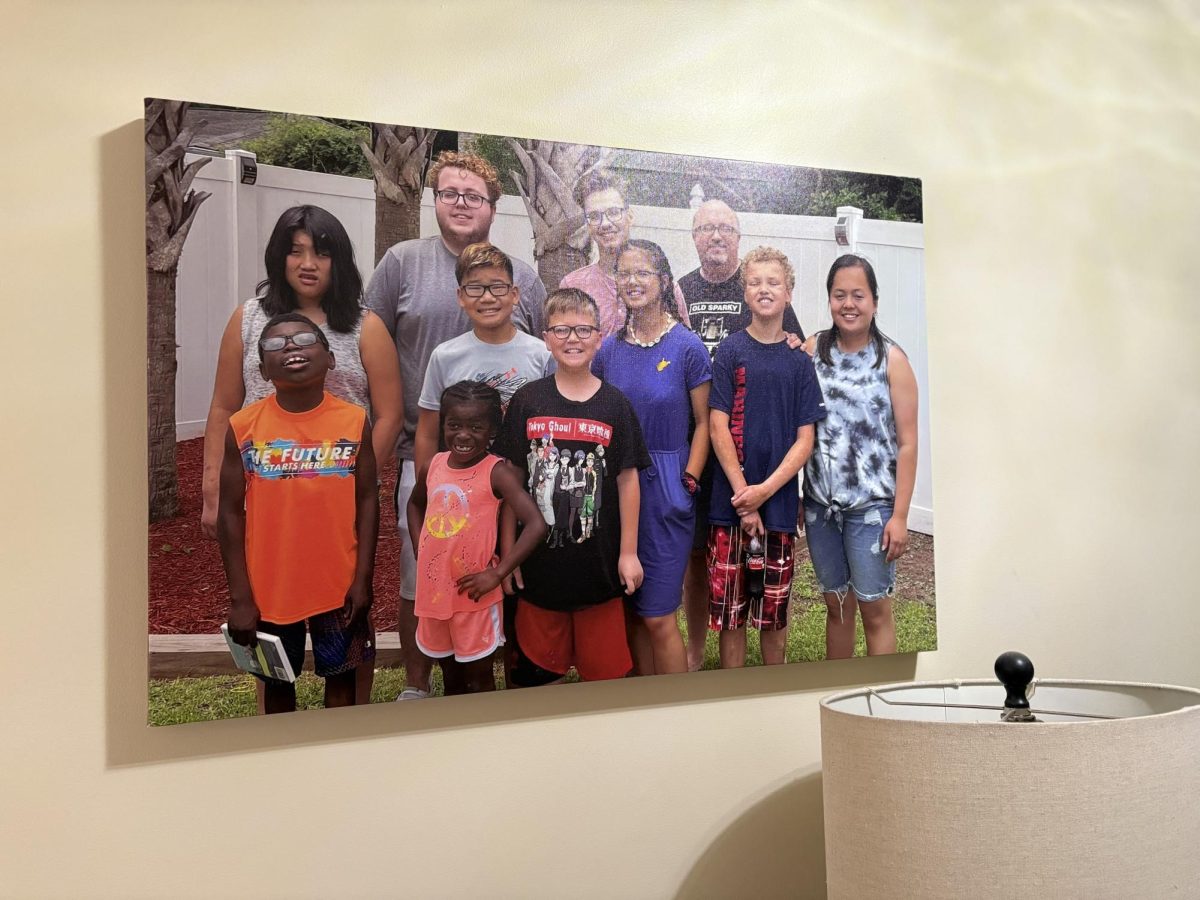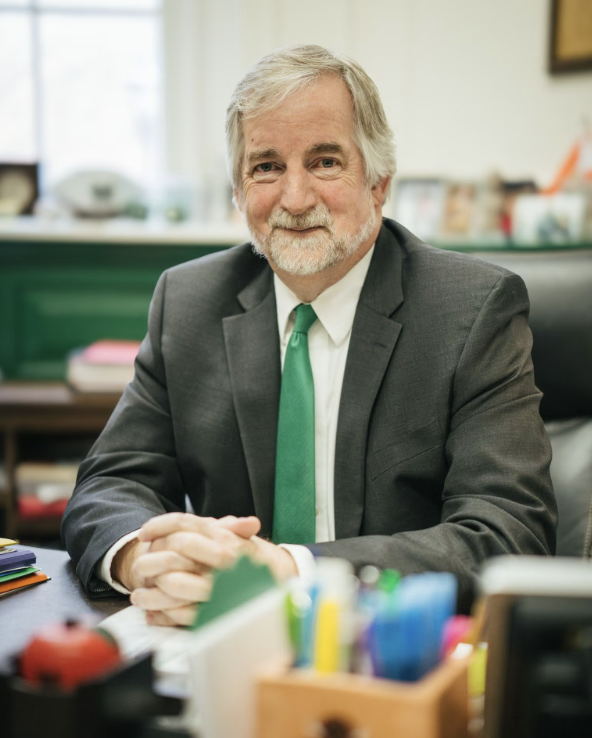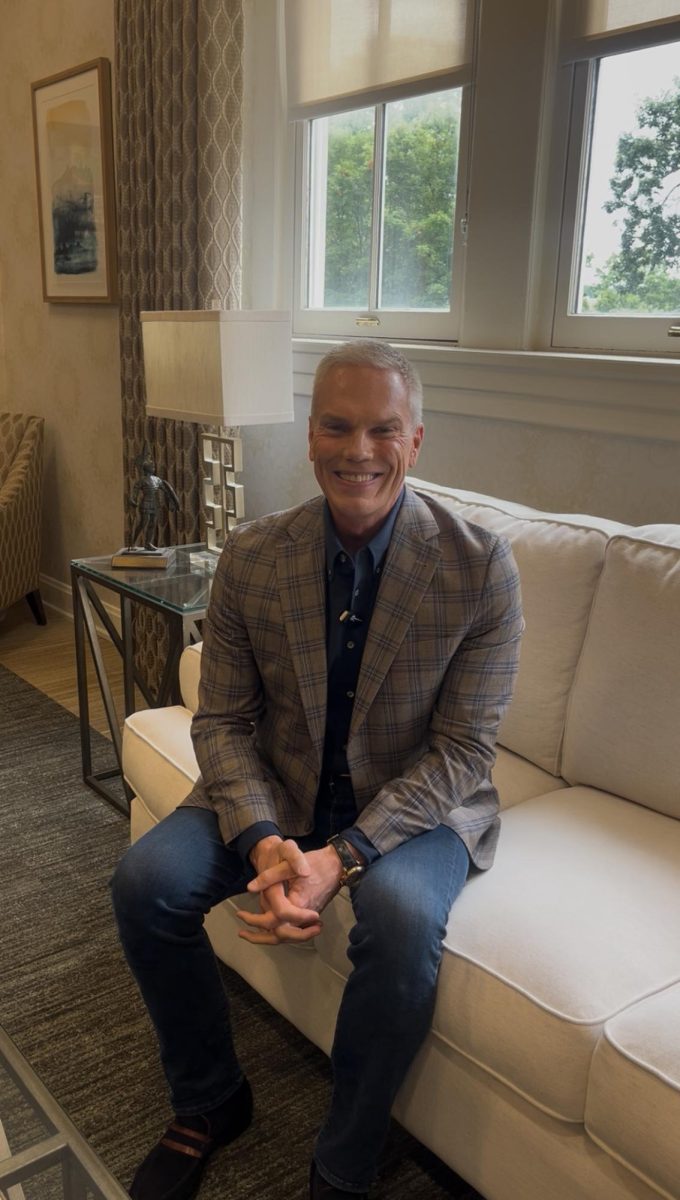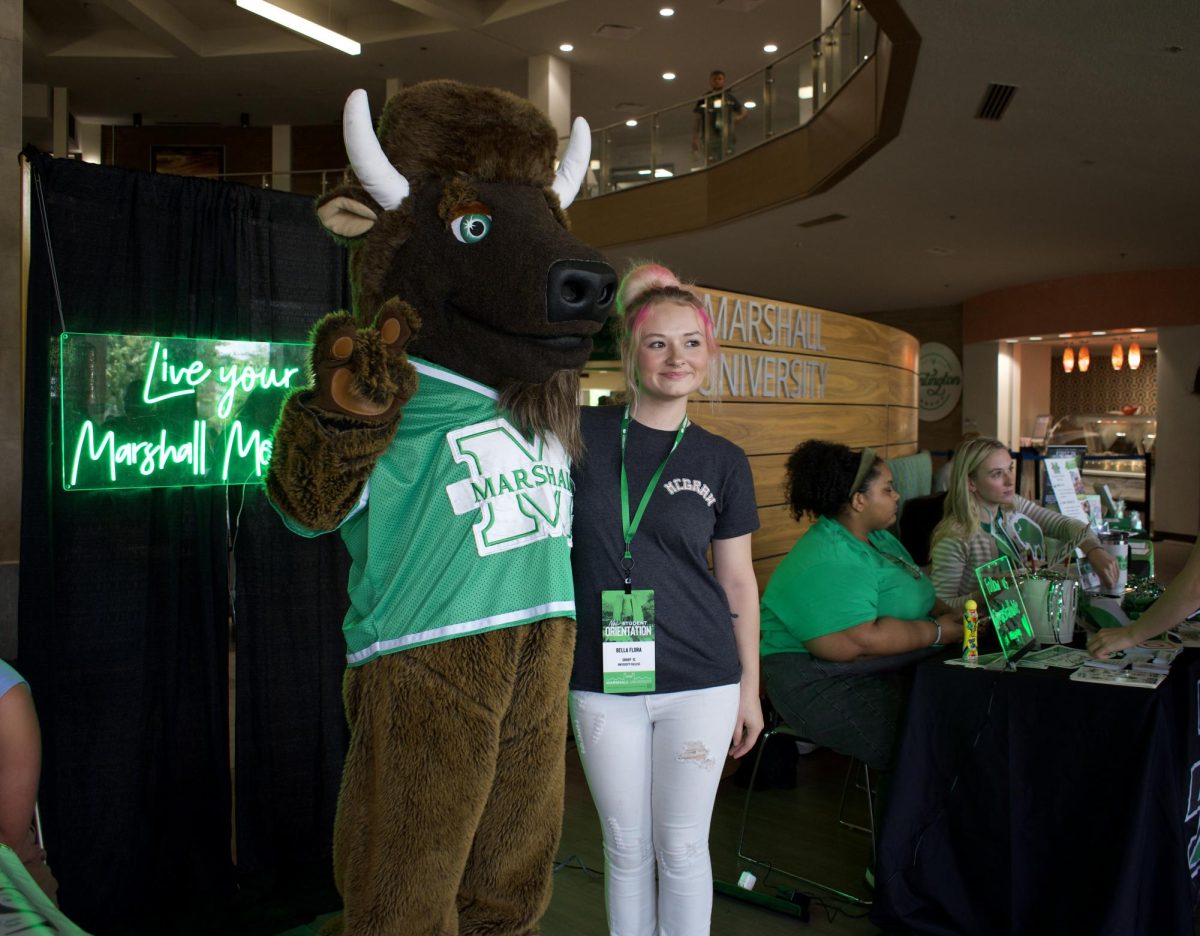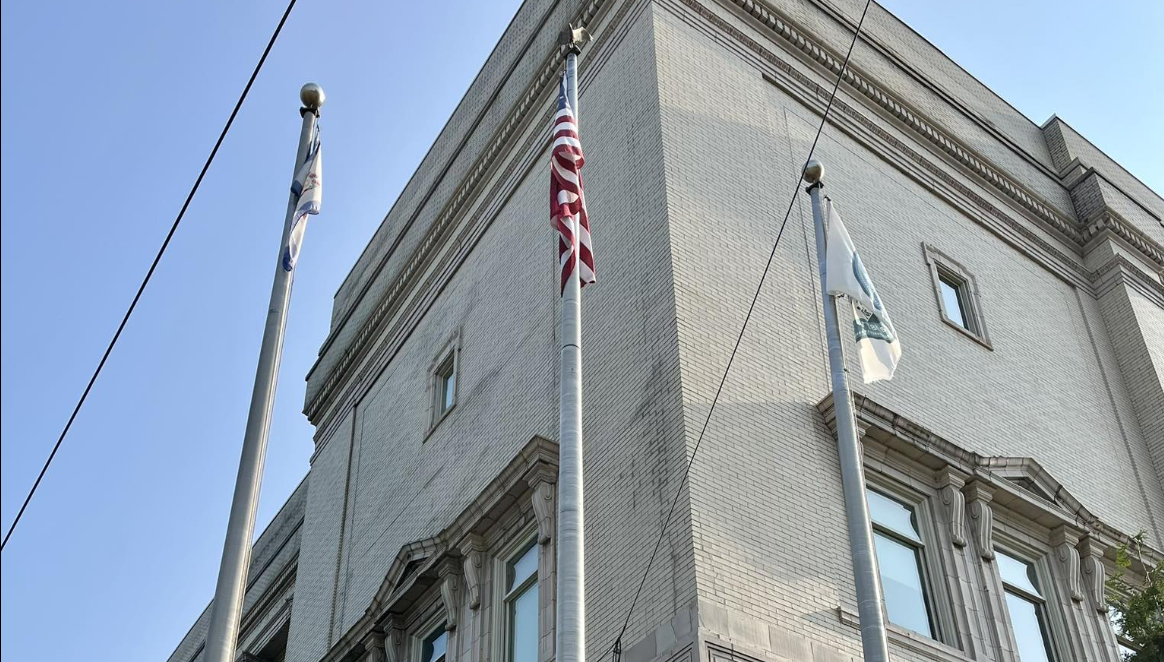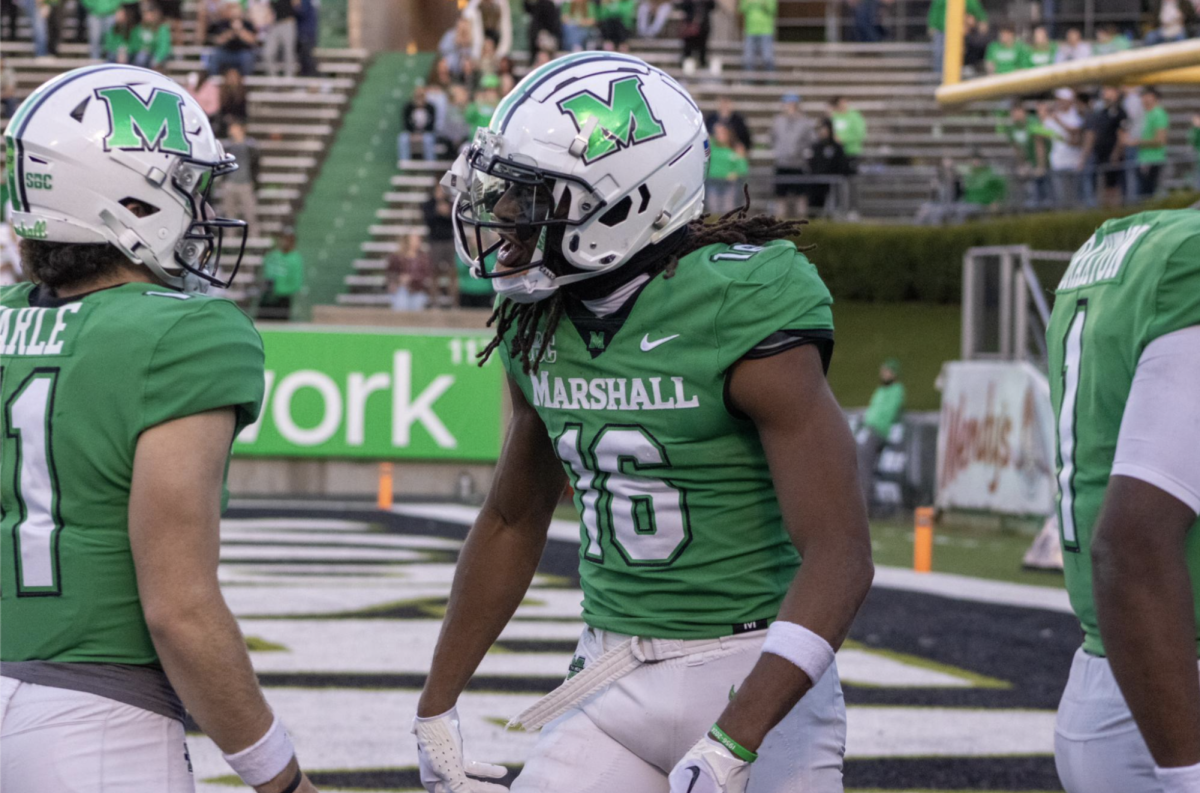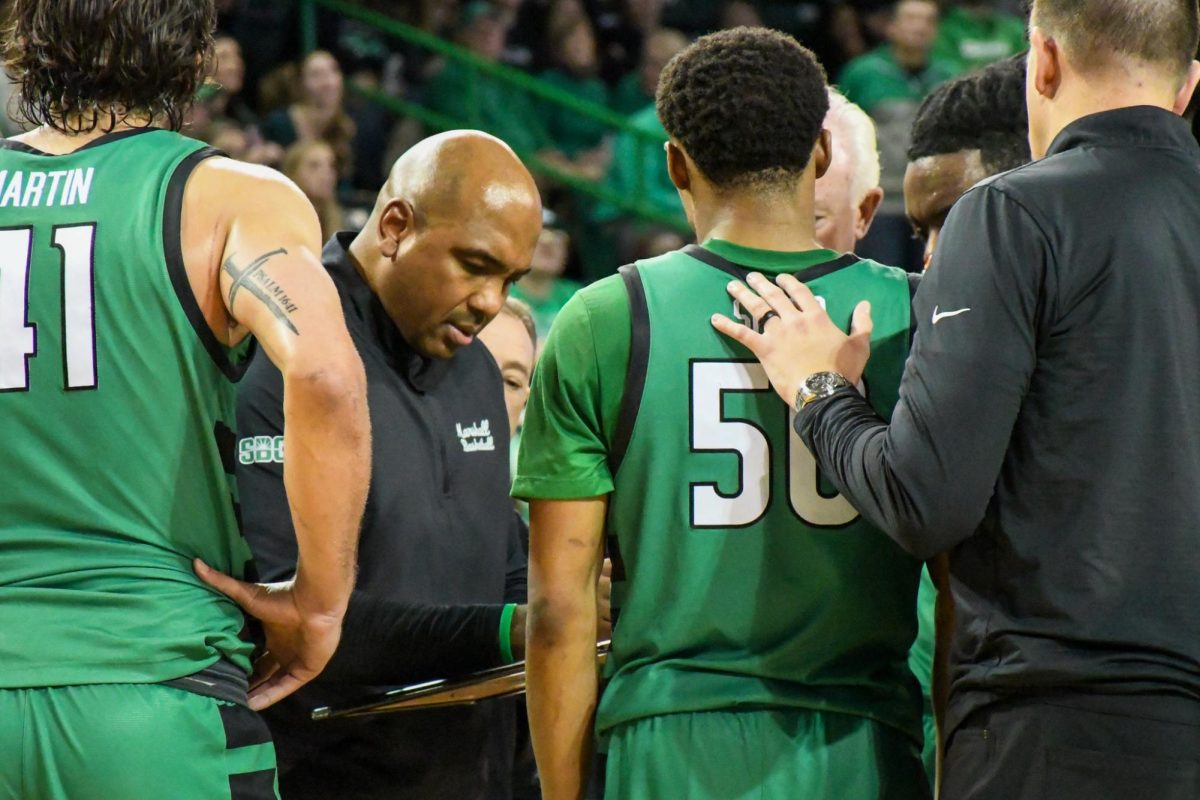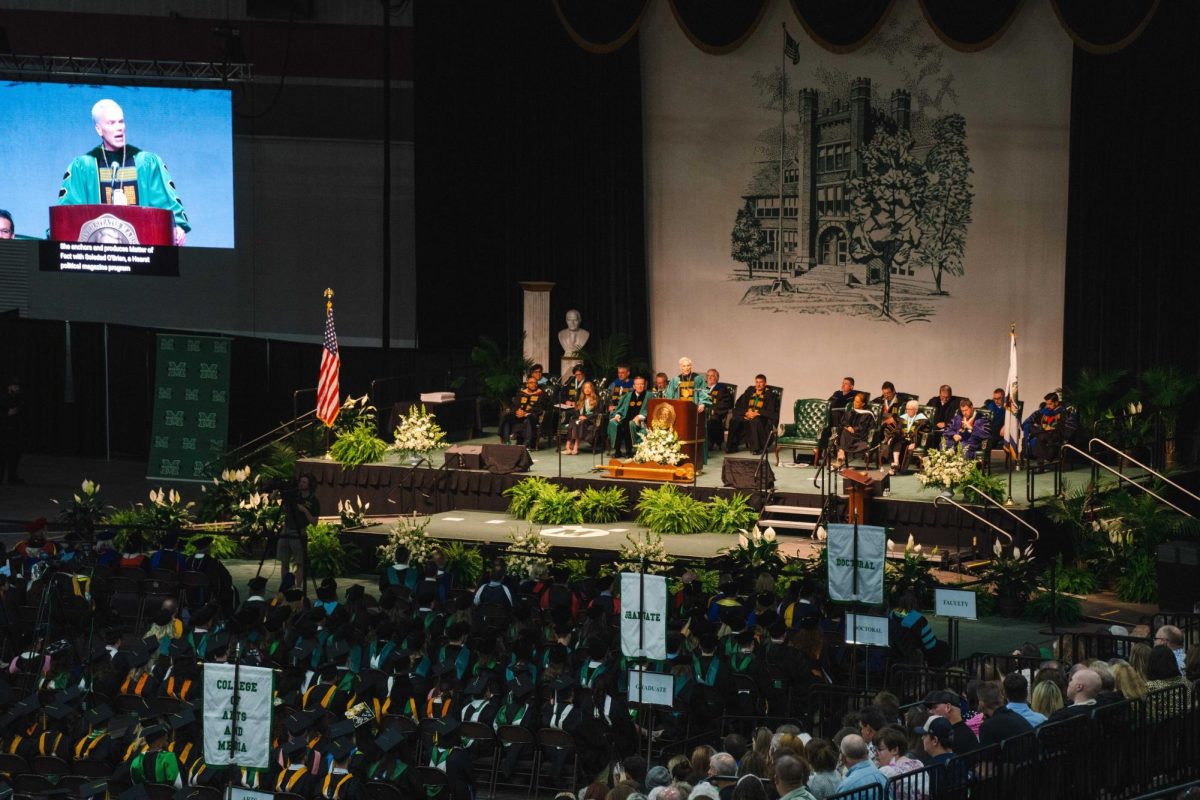A Brief Overview of Smith’s Presidency
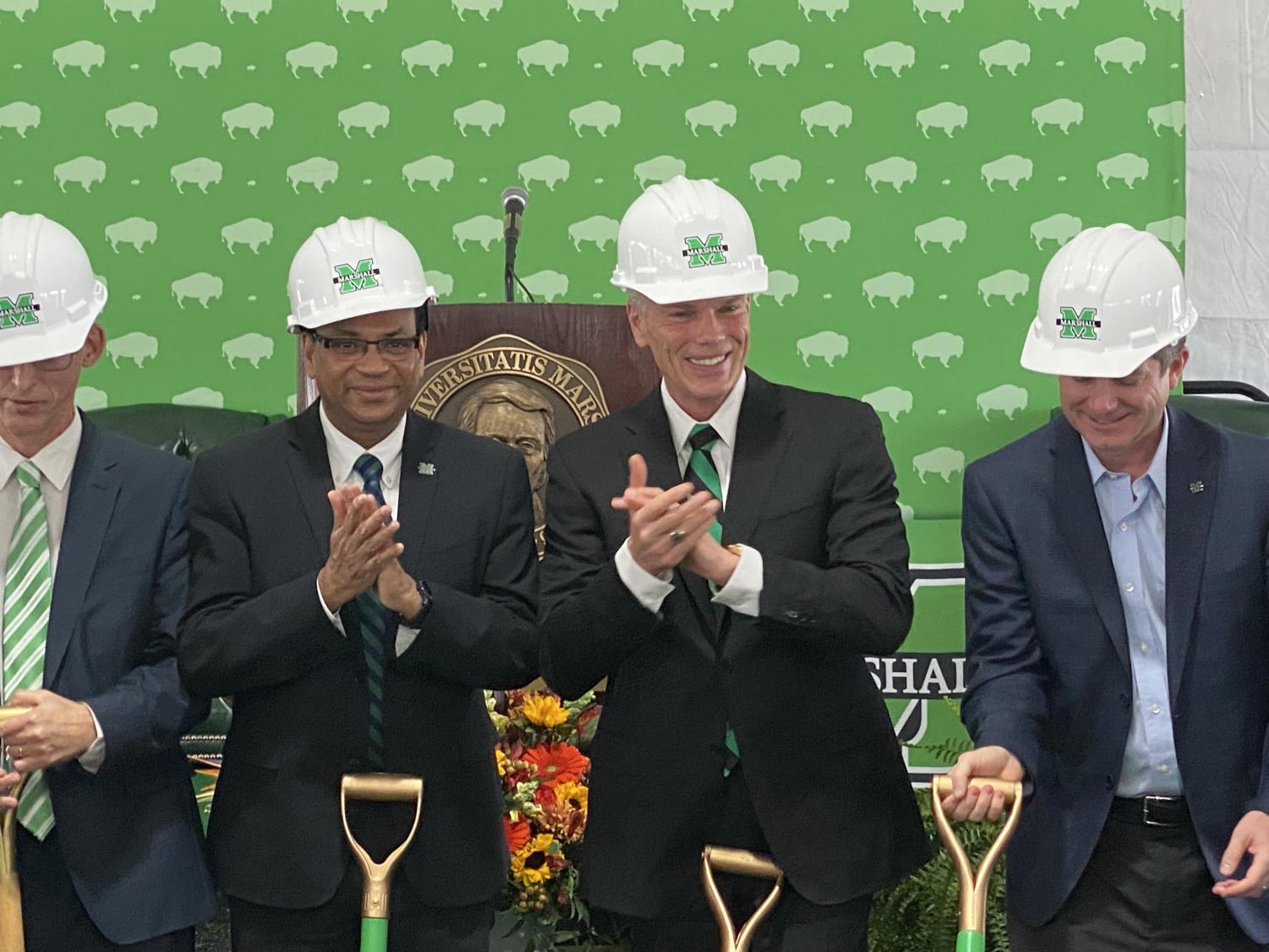
Over the last two years, Marshall University has undergone major changes to its messaging, enrollment, culture and infrastructure. While countless factors have contributed to these areas, a common denominator has been President Brad D. Smith’s arrival on campus and the development and implementation of his co-developed vision for the university’s future.
Smith originally took the position of university president in January 2022 after being selected by a Board of Governors search committee in late 2021. Smith, a graduate of Marshall’s business program, formerly served as the CEO of the financial software company Intuit.
The first 100 days of Smith’s presidency focused on the concerns of the Marshall community as he launched his listening tour in early January.
“We had 38 sessions,” Smith said. “We had over 1000 people participate across the campus and the community. We generated 1200 ideas, and that gave us our first sense of focus.”
The ideas generated from this listening tour helped form the foundation for Marshall For All, Marshall Forever, a campus plan listing out major goals for the university leading up to 2037—including eliminating student debt upon graduation and reaching a 100% job placement rate for graduates by that time.
Since this plan’s approval, Smith and his team have focused on working toward those goals through various initiatives. In describing some of Marshall’s major advancements, Smith mentioned being named a National Center of Academic Excellence in Cyber Defense, growth in Marshall’s aviation program and increases in university enrollment despite state and national enrollment trends.
Additionally, the construction of new sites on campus, such as the new baseball stadium and business school, and the development of training opportunities in design thinking and other areas have broadened student opportunities since Smith’s presidency began.
President Smith’s Reflections
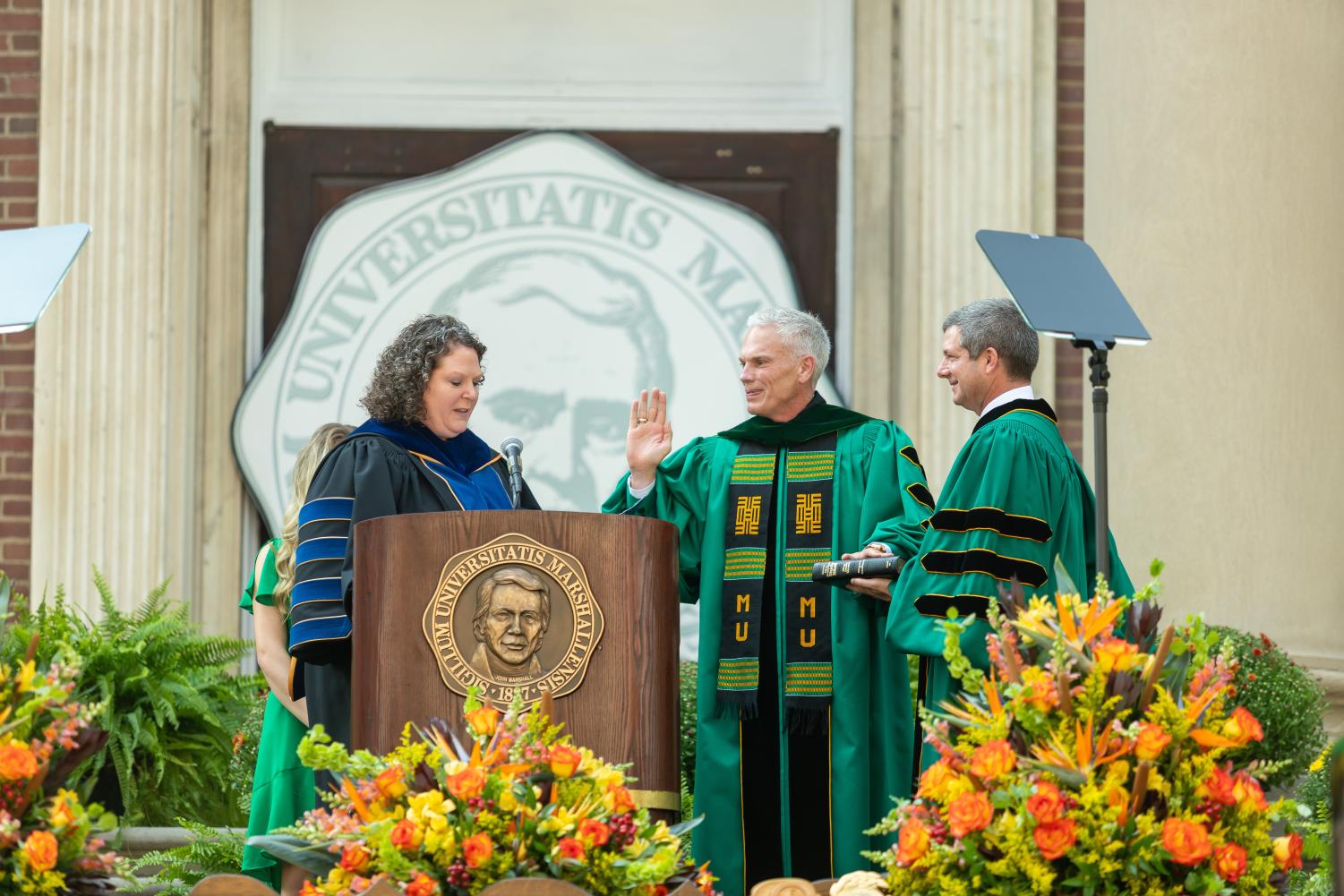
Smith highlighted a few of the moments and accomplishments from his first two years in office he considers the most important. The first was developing the Marshall for All, Marshall Forever plan.
“That’s a hard thing to develop,” Smith said. “If you’ve ever tried to write a paper with a team, you have everyone trying to change the words. Well, we got there pretty quickly. We got aligned on our strategy, and even though it doesn’t declare everything as the most important, people are willing to say, ‘I understand how I fit into the bigger picture, but these are the six things we really need to lean into.’”
Next, Smith highlighted the university’s aim to become the gold standard in specific areas. One he cited specifically was Title IX. Near the end of Smith’s first year in office, USA Today released an article that described Marshall’s failings associated with Title IX; the article received an outcry for change from the student body.
In response, Smith spoke with students and worked with them in forming a Title IX task force led by students who researched the best practices in Title IX at other universities and brought a list of recommendations to Smith a few months later.
“We are now arguably the gold standard in higher ed, and that is just by the students themselves,” Smith said. “I’m super proud that our students stepped up and helped us see what we weren’t seeing, and we put that in place.”
The third area Smith described was the tangible milestones that have taken place during his presidency, such as the launch of the new baseball stadium, the new business building and the beginnings of the new cybersecurity building, which is set to be built in the next two years.
On the other hand, Smith said the biggest challenge of his presidency has been the transition from idea to impact.
Now that the Marshall for All plan has been developed, Smith said implementing the plan’s ideas at the university has been the largest hurdle. He and his team have tried to combat this challenge by offering design thinking training across campus, which aims to speed up the ability for students, faculty and administration to move from their initial idea into implementation.
When asked if there were anything he would do differently if he started his presidency over again, knowing everything he knows now, Smith only had one change: go faster.
University Figures Offer Insight
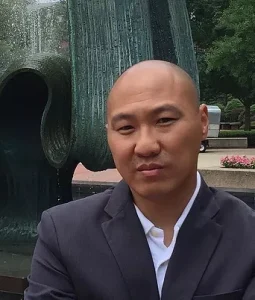
Different campus community members who have worked with Smith during his presidency and even before provided a variety of perspectives on his leadership style and vision for the university.
One of these figures was Ben Eng, a business professor at Marshall and the assistant provost for academic engagement and innovation, who worked with Smith years before he took on the role of university president.
Eng first met Smith in 2017 after hearing about design thinking from a student of his who had gone on to work for Intuit, where Smith served as CEO at the time. The two worked together to develop the Center for Innovation and Entrepreneurship, or iCenter, where Eng is the executive director.
He described how the iCenter mission has shifted since Smith took on his new position.
“Now, because Brad’s at the presidency level, design thinking and innovation can be part of our strategic plan,” Eng said. “And what that really means is that we believe that if we can empower our students, our faculty, our staff, our administration, our Board of Governors with the ability to innovate, then they can go take their innovation ability and apply it in whatever their field is.”
Some of the major initiatives of the iCenter include spreading design thinking on campus through training sessions with different organizations and helping develop student innovation through the Brad D. Smith Business Incubator. The incubator allows students to develop start-up businesses through the use of design thinking.

Another professor who’s worked closely with Smith is Shawn Schulenberg, a political science professor and the chair of Marshall’s Faculty Senate. Schulenberg came into the position of Faculty Senate shortly after Smith became president, and his arrival was a part of the reason Schulenberg took it on in the first place.
“One of the reasons I actually ran for this position is because Brad was president,” Schulenberg said It was a transformational time, as we were dealing with budget crises for many years. It really seemed like a lot of things were aligning to take us on a new pathway, so I really thought it was important to have an incredibly strong partnership between the faculty and administration as we launch these new endeavors.”
Schulenberg pointed toward the clarity, ambition and transparency of the university’s strategic plan as one of the highlights of Smith’s presidency. Additionally, he said improvements in enrollment were an exciting change brought about by Smith’s plan.
For nearly a decade, Schulenberg said he was used to hearing about budget cut after budget cut, but the changes in enrollment and Smith’s strategy have shifted those conversations to look more toward improvements and investments rather than cuts.
“The goal of growing has been here, and it’s been here a long time, and it’s been in many universities. The plan to do it hasn’t necessarily been there,” Schulenberg said, regarding Smith’s strategy to grow the university out of its deficit rather than making cuts. “It’s a plan that seems to be working. Many universities have tried to do something; even Marshall tried to grow for a long time, but it just hasn’t been executing.”
To show the university’s progress, Schulenberg pointed to the fact that Marshall has been growing over the last two years while other universities across the country have been forced to make cuts or have struggled to grow enrollment.
Schulenberg also spoke about the challenges that have come up in pitching Smith’s entrepreneurial approach to innovation to those used to the more traditional approach of academia.
“Higher education can be resistant to change,” Schulenberg said. “There are times where I will hear some concerns from faculty, and I will try my best because I understand what the president’s goal and purpose and strategy is at the time, and I can try to communicate that.”
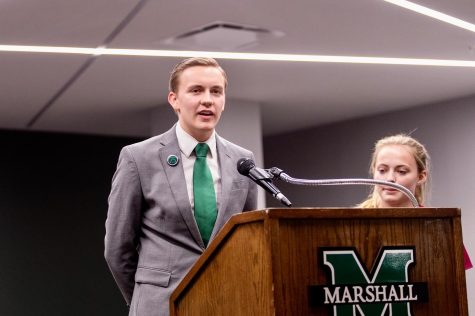
Shifting from the faculty perspective to that of Marshall students, Student Body President Walker Tatum shared his experience working with Smith. The two started their presidential journeys near the same time, with Smith beginning his presidency just a few months before Tatum was elected as vice president under Isabella Griffiths in 2022.
“It allowed us to bond super quickly in terms of understanding what Brad’s vision was for Marshall,” Tatum said. “We kind of just went into it learning from each other. I feel like I learn from Brad daily, but also Brad learns from me and learns from the students daily as well.”
As a student body representative, Tatum spoke on the different perspectives he’s heard from students regarding Smith’s leadership during his presidency. According to Tatum, some students were initially concerned about Smith’s Silicon Valley background and how that might transfer to a university setting. Still, Smith’s emphasis on putting students first has assuaged this concern in many and helped build gratitude and admiration in other students.
“When I spoke at convocation this past year, we all walked, and all the new students were chanting ‘Brad,’” Tatum said. “Some students didn’t really know what to expect coming into it, but I think they’ve loved every minute of it.”
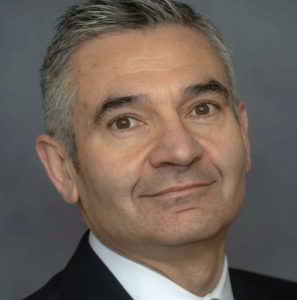
Additionally, Toney Stroud, Marshall’s chief legal officer and vice president of strategic initiatives and corporate relations, shared his experience working closely with Smith as a fellow administrator.
“I think he’s looking at things through a little bit of a different lens,” Stroud said. “We are in a growth mindset. Our vision in President Smith under his leadership is we’re going to grow our way out of some of the issues that we have at the university.”
Stroud was hired as chief legal officer in June 2022, only a few months after Smith’s presidency first began. Stroud and Smith were both transitioning from corporate work to academia when they started at Marshall and worked together to learn the necessary skills for their new positions.
“It was a little bit of a learning curve for me and for him as well, and we’ve kind of gone through that journey together,” Stroud said. “I think anyone who has spent time around President Smith knows that he’s a great teacher and a great motivator. So, as time has gone on, I think he has felt more comfortable turning over more things to me and relying on me for more things as we’ve gotten to know each other and figured out how we do things.”
Stroud said the initiatives he’s the most excited about from Smith are the Marshall for All, Marshall Forever plan and the innovation district on Fourth Avenue, citing the economic opportunities it will bring to Huntington and West Virginia.
Stroud also shared his support for Smith’s initiatives and the amount he has learned from working with Smith.
Looking to Marshall’s Future
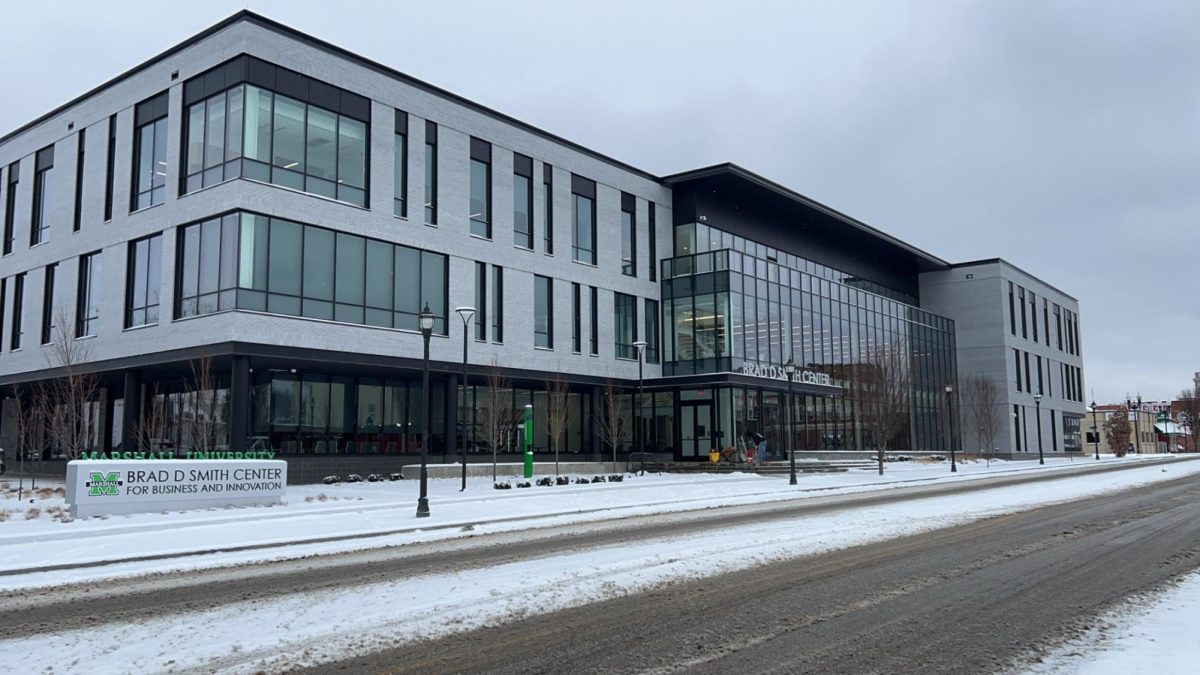
As Smith’s first two years in office come to a close, he provided an overview of his administration’s main priorities and a preview of what the next two years might look like under his leadership.
“I hope it’s going to be a continuation on our say/do ratio,” Smith said. This comes from a Silicon Valley term showing the amount someone says versus what they actually follow through with.
Some of the initiatives Smith hopes to continue following through on are enrollment increases, fundraising efforts to reach the $300 million needed to execute the Marshall for All plan, building the cybersecurity building, working toward pay equity for professors and closing the gap on Marshall’s structural deficit.
As Smith continues into his third year as acting president, he and his team have continued working toward their university goals, preparing to soft-launch their new fundraising initiatives within the next few months.
This funding will help move Marshall toward the version of the university laid out in Smith’s plan, bringing about new changes and innovations across the campus.



